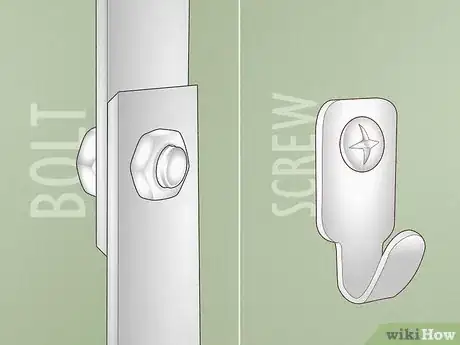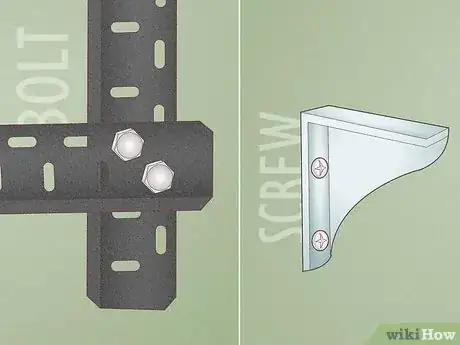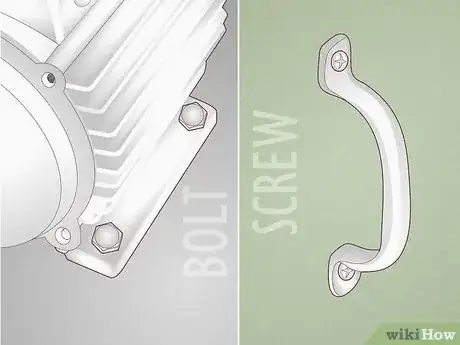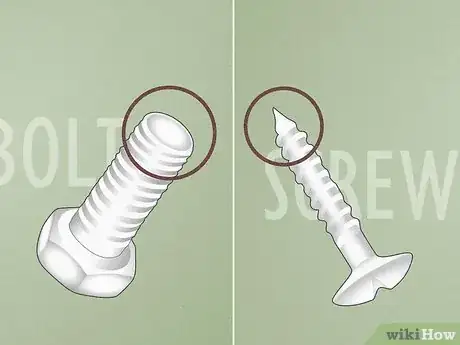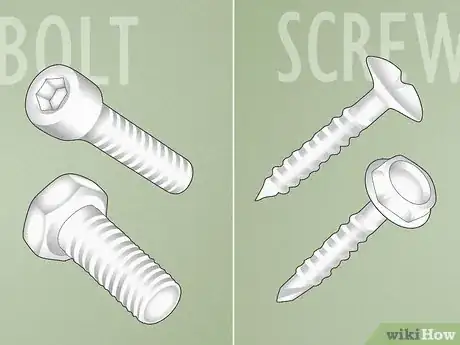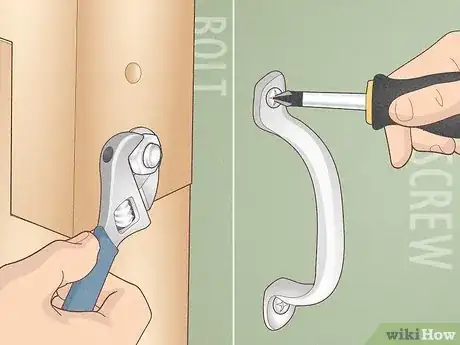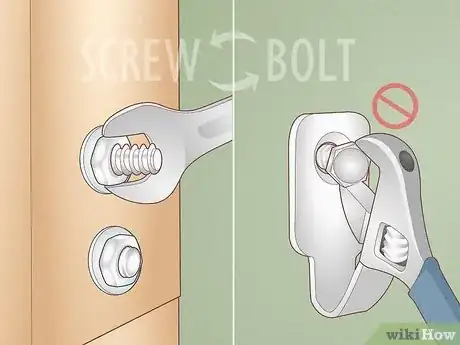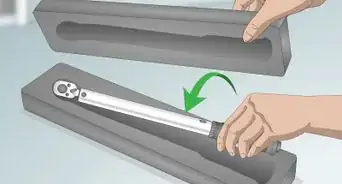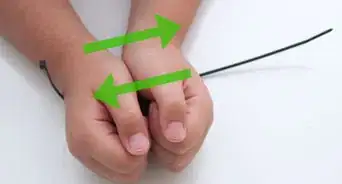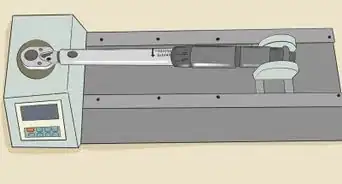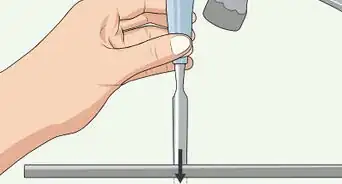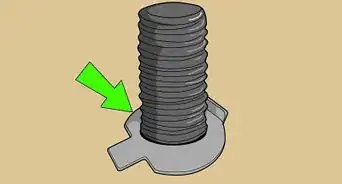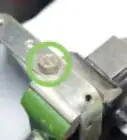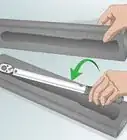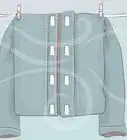This article was co-authored by Gino Colucci and by wikiHow staff writer, Hunter Rising. Gino Colucci is a Home Improvement Specialist and the Owner of Crackerjacks Handyman Services (not a licensed contractor) in Chandler, Arizona. Crackerjacks Handyman Services offers an effective cost-saving solution for commercial and residential repair and maintenance needs, specializing in smaller projects. Crackerjacks Handyman Services carries liability insurance and all technicians go through a background check.
There are 9 references cited in this article, which can be found at the bottom of the page.
So you’re planning out your next renovation or building project, but when it comes to putting all the pieces together, do you choose screws or bolts? Even though these fasteners are pretty similar, they have some key differences in how they work and when to use them. We’ll cover the advantages of each and what materials they’re best for so by the time you’re finished reading, you’ll know exactly what to use for your next build.
Things You Should Know
- Use a bolt with a nut and washer to hold objects together if the holes are unthreaded.
- Choose screws to assemble objects that have threaded holes.
- Pick bolts for heavy-duty construction projects in concrete, beams, metal, or studs.
- Use screws for plywood, sheet metal, drywall, and other small building projects.
Steps
References
- ↑ https://www.kljack.com/docs/default-source/default-document-library/kl_jack_fasteners-technical_data_and_charts.pdf
- ↑ https://fastenerengineering.com/when-does-an-application-warrant-the-use-of-a-bolt-instead-of-a-screw/
- ↑ https://www.kljack.com/docs/default-source/default-document-library/kl_jack_fasteners-technical_data_and_charts.pdf
- ↑ https://www.caldi.org/wp-content/uploads/2019/07/Fasteners.pdf
- ↑ https://fastenerengineering.com/when-does-an-application-warrant-the-use-of-a-bolt-instead-of-a-screw/
- ↑ https://www.thisoldhouse.com/21097189/how-to-decode-screws
- ↑ https://fastenerengineering.com/when-does-an-application-warrant-the-use-of-a-bolt-instead-of-a-screw/
- ↑ https://www.cbp.gov/sites/default/files/assets/documents/2016-Apr/icp013_3.pdf
- ↑ https://www.boltdepot.com/fastener-information/printable-tools/printable-fastener-tools.pdf
